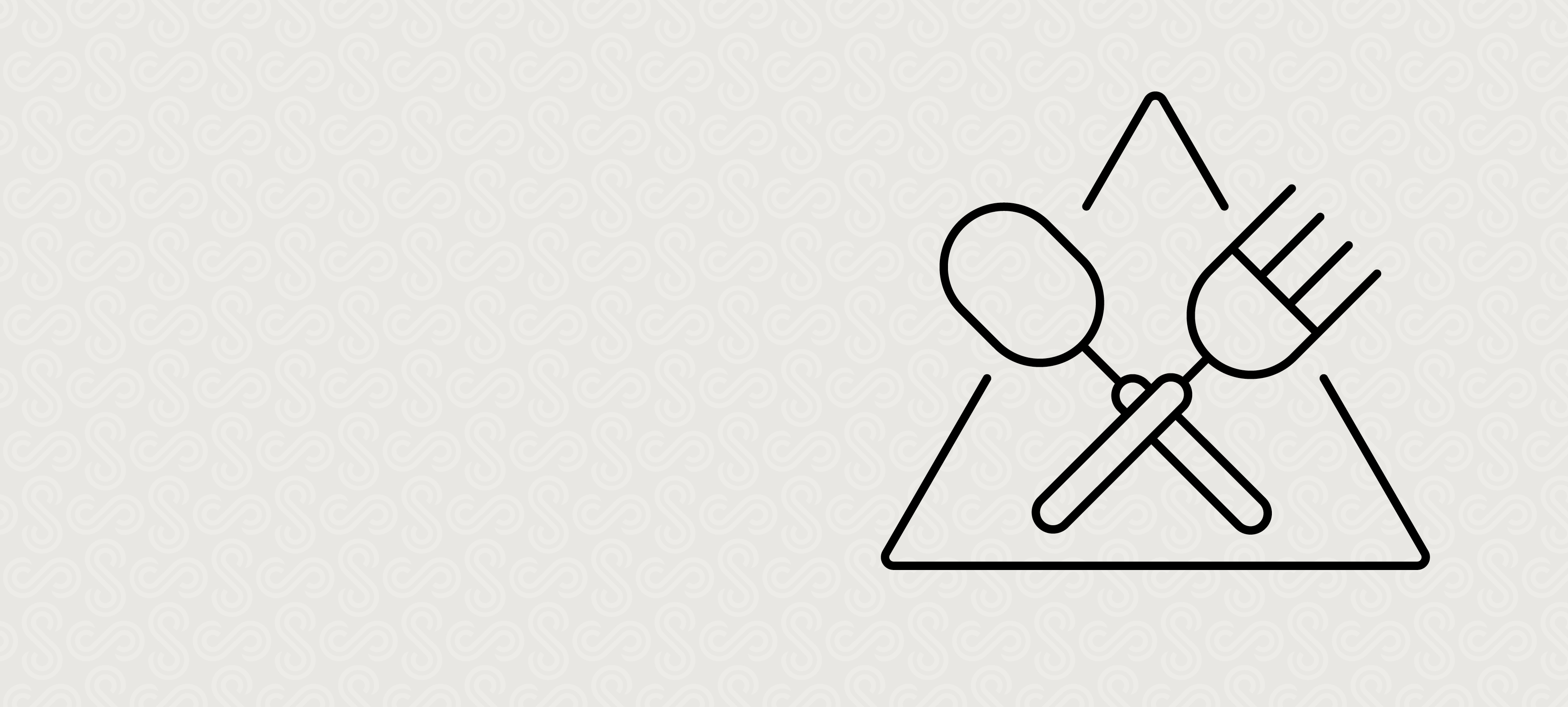Sous vide is an increasingly popular cooking method, and whilst it comes with a shedload of advantages, like most cooking methods, there are also some associated risks. With many of our valued clients operating in the hospitality industry, this week we discuss the modern technique.
Sous vide, established in France during the 1970s, is a culinary technique where food is vacuum-sealed and cooked in a water bath at a precise and steady temperature for a prolonged period of time. The results of sous vide are almost impossible to achieve via traditional means.
Foods are then either served instantly or, more commonly, stored under chill conditions before food service or during retail distribution. This enables the finished product to have a longer shelf-life under chilled storage compared to conventional chilled meals.
There are many advantages of sous-vide cooking, including…
- improved product quality (retained flavour, aroma and nutritional value)
- more effective heating
- reduced meat costs
- increased flexibility
- reduced risk of post process contamination
- increased shelf life
The concept of food preservation and cooking in sealed packages has long been around. It’s been known for some time that isolating food from air by vacuum sealing can avoid the decay of food. In prehistoric times, food used to be wrapped in leaves, packed in salt or sealed in animal bladders, so it’s no doubt this method has sparked a wave of ‘culinary innovation’, becoming a popular cooking choice in many restaurants around the world.
However, the vacuum packing, cooking, chilling and reheating process is known to increase the risk of food poisoning due to the re-germination of bacterial spores and the risk of anaerobic bacteria reproduction. To avoid you or your customers suffering from food poisoning, our Safety Advice Line Team have pulled together some steps for you to follow during the sous-vide process.
1. Temperature control – before immersing the bags, set the water bath at the suitable temperature and leave it to reach the desired temperature. If foods are not cooked in line with correct time and temperature combinations, this can affect the quality and safety of the food.
2. Vacuum packs – the packaging needs to be airtight against the foods so the cooking process is not hindered. If items aren’t fully sealed, they should be discarded as the safety of the food is compromised.
3. Cooling/blast chilling – if products are to be chilled before consumption, allow them to cool immediately after cooking to a temperature suitable for refrigeration. We suggest you use a blast chiller, this avoids spores germinating!
4. Storage –after cooling, foods must not be stored for longer than stated, as again, spores can germinate at too high temperatures.
5. Clean water baths – clean and disinfect using a degreaser and anti-bacterial chemicals.
6. Handling – wash your hands if handling of food and packaging cannot be avoided to avoid you becoming a vehicle for transferring bacteria to food and packaging.
7. Reheating – foods must be reheated in the water bath during service when an order is placed to kill off all bacteria.
8. Finishing – once removed from the vacuum pack, you can finish it for service, such as flash frying.
Some further tips include improved and increased training, maintaining equipment, correctly labelling food, record keeping and discarding of food that may have been cross contaminated, stored at high temperatures or beyond their use-by date.
Are you in the hospitality industry? Our Safety Advice Line Team can provide you with the advice and guide you through the sous-vide process. To access the full Safety Advice Line Service or for more information on our other services, get in touch today on 0203 740 3744 or visit our homepage.
The information contained in this blog article has been created for marketing purposes and is not official guidance and should not be used as a substitute for official Food Safety, Fire Safety and Health & Safety advice. Shield Safety take no responsibility if the information in the blog article is used to form part of a safety management system or used to form part of any legal or regulatory compliance for your business. For official guidance and to engage with Shield Safety services please do call our team on 020 3740 3744 or email hello@shieldsafety.co.uk.


